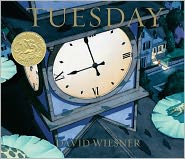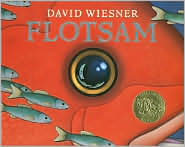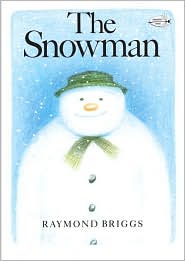Let’s do “take-home literature packs!” It is a great way to engage to children’s books for family members and the children. The reason take-home literature packs is important is that it can make the family members and child to have more ideas and be interested in books. For families, it firstly gives opportunities to explore and interact with various children’s books in fun ways. The families also can have a great time with their child and make the child to develop the reading and writing abilities. For children, the packs will give really good experiences for intending the world knowledge. As children are doing the packs with their family, they can learn about collaboration and connecting with the family members.
One of the great examples of take-home literature packs is “alphabet.” Because knowing and learning alphabet is very important to children to have the basic skills of reading and writing. If the child does not know how to read alphabets or write alphabets, his or her reading and writing skills will be stopped.
<Book>

Eating the Alphabet, by Lois Ehlert
: As using fruits and vegetables for instroducing each alphabet, children will have fun with learning alphabets.

Alphabet City, by Stephen Johnson
: Alphabets are hiding in the urban and children will find where the alphabets in the city.
<Activity>
1) Using magnetic letters on a cookie sheet or the refrigerator, name the letters, put them in alphabetical order, spell names of family members, and spell as many words as you can.
: The colorful magnetic alphabet will be better for children to be interested in learning alphabets.
2) Create an ABC book. Write one letter per page, and then draw pictures to illustrate.
: With this book, children may be asked to fill the blank with appropriate alphabet sticker. For example, if the book shows the child a picture of apple and a word of "__ pple," s/he will fill "a" in the blank. This will help children to learn about alphabets quickly and interestingly.





